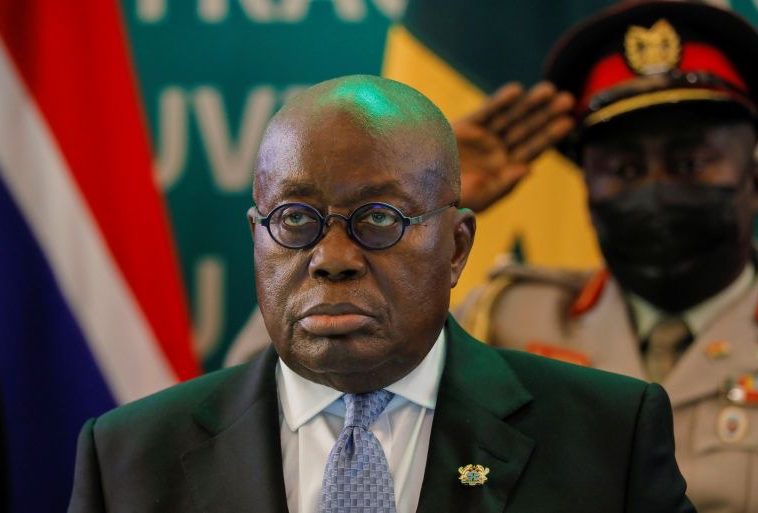“Zambia is a major tourism destination of choice with unique features and a thriving national cultural heritage and creative economy, which will contribute to sustainable economic growth and poverty reduction by 2030” (Ministry of Finance, 2011).
Zambia has continued to emerge as a rising star in Africa’s creative economy in recent years. The continent is becoming a magnet for creative and cultural expression, all thanks to its rich cultural diversity, lively arts scene, and booming tourism industry. This article will look at Zambia’s journey to becoming an African cultural powerhouse, delving into its cultural legacy, entertainment industry, and tourism sector. We will also look at the challenges and opportunities that await Zambia’s creative economy in the future.
The 2010 Census of Population and Housing, using the International Standard Classification of Occupations (ISCO), stated that there were over 95,000 people working directly in creative occupations to boost the creative economy in 2010 out of a total working population of 3.9 million.
According to the United Nations Creative Economy Report 2010, the creative economy is increasingly recognised as a leading sector in generating economic growth, employment, and trade, and creative industries are among the most dynamic sectors of the global economy, offering new, high-growth opportunities for developing countries.
A Tapestry of Diversity
Zambia’s cultural history is a patchwork of traditions, dialects, and practices that mirror the country’s more than 70 ethnic groups. The country’s cultural richness is expressed in its music, dance, art, and folklore, all of which add to Zambian culture’s colourful tapestry.
Music and dance
Music is essential to Zambian cultural identity. Kalindula, Kwela, and Chikokoshi are some of the traditional music styles with profound historical roots, and this music is still appreciated to date. Prior to these traditional forms, current music genres such as Zambian hip-hop and gospel had grown in popularity. Iconic singers such as Oliver Mtukudzi and Grammy-winning Zambian-born artist Shadreck Kuswaka-Malimba have helped place Zambian music on the global map.
Dance is another important aspect of Zambian culture. Dances performed during traditional ceremonies, such as the Chintobentobe, Insalamu, and Makishi, narrate stories about the country’s rich history and folklore. These dances have also made their way into contemporary entertainment, fusing tradition with new ingenuity.
Visual Arts: Zambia has a burgeoning population of visual artists who are inspired by their surroundings and cultural heritage. Artists in the country create spectacular works that reflect both classic and contemporary themes, employing a variety of media such as paintings, sculptures, and mixed-media installations. These artists frequently tackle subjects such as identity, societal challenges, and the environment, offering fresh insights into Zambia’s changing society.
Literature: Zambia has a vibrant literary culture that includes outstanding authors such as Namwali Serpell, whose work “The Old Drift” earned international praise. Literature in the country reflects the country’s complicated history and contemporary concerns, making it a vital medium for cultural expression and contemplation.
Talent Development in the Entertainment Industry
In recent times, Zambia’s entertainment industry has grown. This expansion is being driven by the country’s creative abilities and a booming youth population eager to establish a name for themselves in music, film, and performing arts.
Music Industry: Zambia’s music industry has been a significant addition to the country’s creative economy. Local singers and bands play at numerous places across the country on a regular basis, and music festivals such as Lake of Stars Zambia have achieved international acclaim. Collaborations between Zambian artists and their African counterparts have also served to broaden the country’s presence on the African music scene.
Film and Television: There has been a massive increase in film and television production in Zambia. Documentaries and feature films are increasingly being used by filmmakers to convey Zambian stories, highlight social issues, and contribute to the preservation of cultural heritage. Festivals like the Lusaka Foreign Film Festival have given both local and foreign filmmakers a forum to present their work.
Theatre & Performing Arts: Zambia’s theatre industry is blossoming, with the addition of theatres and performing arts companies. Theatre works include a wide range of topics, from historical accounts to current societal challenges. These performances are not only amusing but also a means of cultural expression and social commentary.
Exploring Zambia’s Natural and Cultural Wonders through Tourism
Zambia’s tourist industry is an important part of the country’s creative economy. The country’s natural beauty, wildlife, and cultural heritage provide visitors with a plethora of authentic and engaging experiences.
Natural Attractions: The spectacular Victoria Falls, one of the Seven Natural Wonders of the World, is perhaps the crown gem of Zambia’s tourism sector. This stunning waterfall draws visitors from all over the world, and it offers adventure tourism activities such as bungee jumping, white-water rafting, and helicopter excursions.
With various national parks and game reserves outside of Victoria Falls, including South Luangwa National Park and Kafue National Park, Zambia is embedded with amazing nature. These places offer exceptional chances for animal safaris and birdwatching, making Zambia a major eco-tourism destination.
Cultural Tourism: Tourists interested in cultural experiences are drawn to Zambia’s rich cultural legacy. Visitors can take part in traditional ceremonies, watch lively dance performances, and connect with local communities. Immersive cultural encounters allow visitors to learn about the country’s history, traditions, and way of life.
Adventure Tourism: Zambia’s diverse landscape offers ample opportunities for adventure tourism. Activities such as river cruises, kayaking, and trekking are gaining popularity among tourists seeking an adrenaline rush amidst Zambia’s natural beauty.
Challenges and opportunities
While Zambia’s creative economy has made significant strides, it also faces various challenges and opportunities for growth, like other nations in the world.
Challenges Confronting Zambia’s Creative Economy
Infrastructure Development: Zambia needs to invest in better infrastructure, including roads, transportation, and entertainment venues, to support the creative economy and attract more tourists.
Funding and Support: Creative talents often lack access to funding and support to develop their skills and projects. Government and private sector initiatives can help address this gap.
Intellectual Property Rights: It is critical to protect intellectual property rights in order to stimulate creativity and innovation. Artists and producers can profit from stronger copyright and trademark protection.
Promotion and Marketing: Zambia must strengthen its promotion and marketing efforts to raise international awareness of its creative industries and tourism attractions.
Opportunities That Await Zambia’s Creative Economy
Cultural Diplomacy: By fostering cooperation with other African countries and international partners, Zambia can use its creative economy as a tool for cultural diplomacy.
Education and Training: Investing in education and training programmes for artists, musicians, and other creative professionals can help nurture talent and improve the quality of creative outputs.
Digitalization: The digital era allows artists and makers to access a worldwide audience. Embracing digital platforms and distribution channels can help Zambian creativity reach a wider audience.
Sustainable Tourism: Zambia can improve its sustainable tourism practices in order to maintain its natural and cultural assets while also producing economic benefits.
Zambia’s creative economy is on the rise; appreciation goes to the country’s rich cultural legacy, a growing entertainment industry, and a thriving tourism sector. As it continues to invest in its creative skills and address challenges, the country has the potential to become a true cultural centre for Africa, celebrating its many traditions, encouraging artistic expression, and attracting visitors with its natural and cultural beauties.
Additionally, Zambian leaders should also seek government and private sector collaboration, international collaborations, academic and industry collaborations, community engagement, tourism and hospitality industry collaboration, technology and digital partnerships, media and broadcasting partnerships, corporate and philanthropic partnerships, cross-industry collaborations, and non-governmental organisations (NGOs) to all help grow Zambia’s creative economy.
Government agencies and private-sector organisations can work together to create collaborative initiatives and incentive programmes, while academic institutions can provide training, mentorship, and resources for innovative individuals.
Engaging community-based groups, traditional leaders, and craftspeople in the production and promotion of cultural and artistic activities can be part of community engagement and grassroots collaborations. Tourism and hospitality companies can work together to provide cultural and entertainment packages that highlight Zambian innovation and tradition.
Technology and internet collaborations can also aid Zambian creativity in reaching a worldwide audience. Cooperation with industries such as fashion, technology, and tourism can result in cross-industry cooperation, and NGOs can promote cultural preservation, community development, and human rights. Regular review and impact assessment are required to ensure the success of these collaborations.


